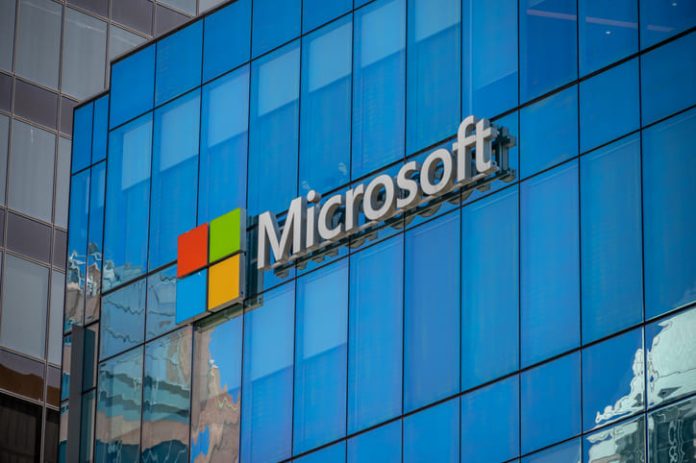In the dynamic and ever evolving realm of software and technology, organizations find themselves navigating a complex web of licensing agreements to ensure seamless compliance with software providers. Amidst this intricate landscape, Microsoft, one of the leading software providers, institutes periodic license audits to meticulously scrutinize whether organizations are employing their software in strict adherence to the agreed upon terms. This article aims to provide a comprehensive exploration of the Microsoft license audit, shedding light on its underlying purpose, emphasizing the critical importance of compliance, and elucidating effective strategies for businesses to adeptly manage this intricate process. As software usage becomes increasingly pivotal to organizational operations, understanding and navigating the nuances of these audits are paramount to maintaining legal integrity and fostering a harmonious relationship between organizations and Microsoft.
What is a license audit?
A Microsoft license audit is a meticulous and wide ranging evaluation undertaken by the company to gauge an organization’s adherence to its software licensing agreements. This multifaceted examination involves a thorough review of software deployment strategies, patterns of usage, and the documentation related to licensing. Microsoft’s scrutiny aims to guarantee that the organization is employing the products within the predefined legal boundaries stipulated in the licensing agreements. This audit is not confined to a singular aspect but spans across a spectrum of Microsoft products, encompassing operating systems, productivity suites, and server applications. Such a comprehensive review ensures a holistic understanding of the organization’s software utilization and compliance status.
Why conduct a license audit
The primary motivation behind Microsoft license audits is to protect the intellectual property rights of the software and to ensure fair compensation for the services provided. Non compliance with licensing agreements can lead to legal consequences, financial penalties, and reputational damage. Additionally, audits help Microsoft identify any potential misuse of their products, reducing the risk of software piracy and unauthorized distribution. Ultimately, these audits aim to maintain a level playing field for all organizations and foster trust within the software ecosystem.
How to navigate a license audit
Managing a Microsoft license audit can be a complex and time consuming task, requiring a thorough understanding of licensing agreements and deployment documentation. Organizations can benefit from meticulous record keeping, regular internal audits, and communication with Microsoft to address any discrepancies. Furthermore, seeking assistance from external experts specializing in software license management can prove invaluable. These professionals can guide organizations through the audit process, ensuring compliance and helping to rectify any issues that may arise.
In the end
A Microsoft license audit is a crucial aspect of software compliance that organizations cannot afford to overlook. By understanding the purpose behind these audits, businesses can proactively address potential compliance issues, minimizing the risk of legal and financial repercussions. Seeking support from external experts can streamline the audit process, providing organizations with the knowledge and tools needed to navigate the complexities of Microsoft licensing agreements successfully. Ultimately, a proactive and informed approach to license compliance ensures a smooth relationship between organizations and software providers.


































